“Warsaw ghetto no longer exists”
It is well known that in all the occupied territories the German command pursued a policy of genocide, aimed at the destruction of races and peoples that were not acceptable to Aryans. The punitive programs invented by the Third Reich were brought to life with a special, perverted passion, focusing on the destruction and torture of the Jewish people. Not bypassed this fate and the Polish Jews, whose number before the beginning of the war was more than three million people. After the occupation of Poland in 1939, their situation deteriorated sharply. At the time of the entry of Nazi troops into Warsaw on September 29, about four hundred thousand Jews lived in the city, almost every third resident of the Polish capital. But this did not embarrass the fascists, who from the very first days of their stay on this territory introduced a whole series of anti-Jewish measures. Soon, residents were introduced to orders, according to which Jews could no longer work in official institutions and attend mass cultural institutions, that is, theaters, libraries, concert halls. They were forbidden to travel in public transport and drive children to regular schools, to trade and engage in crafts. An extreme manifestation of militant anti-Semitism was the Nazi order ordering all Jews to wear special identification badges. The same signs were supposed to stand on their houses and shops, and the property of Jewish families could be confiscated at any time for no reason or reason.
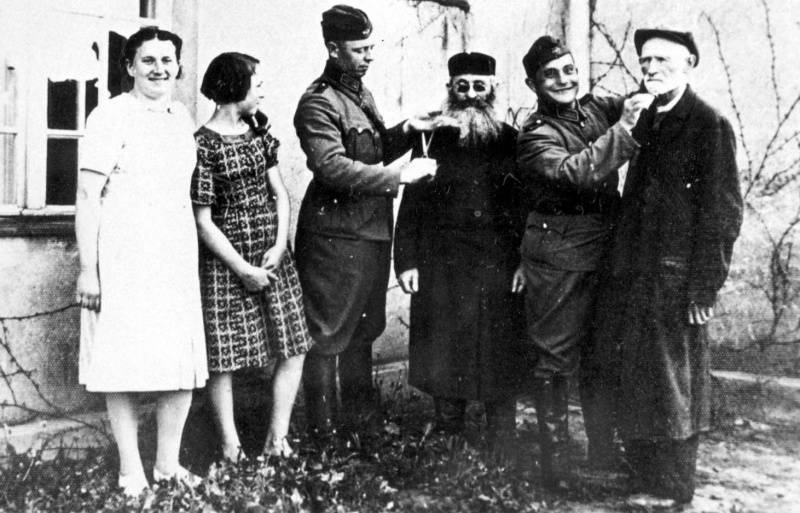
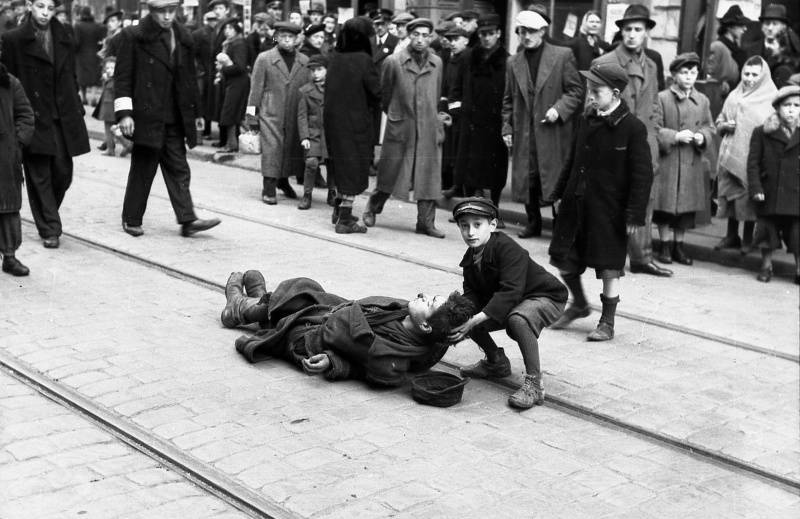
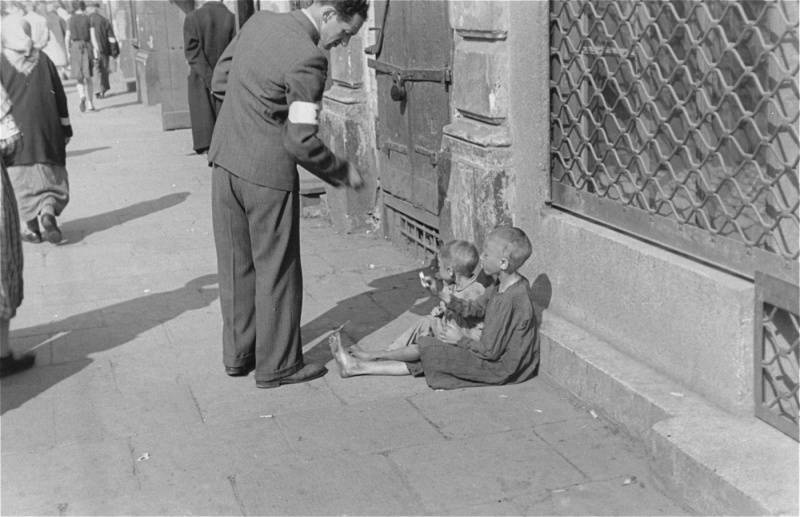
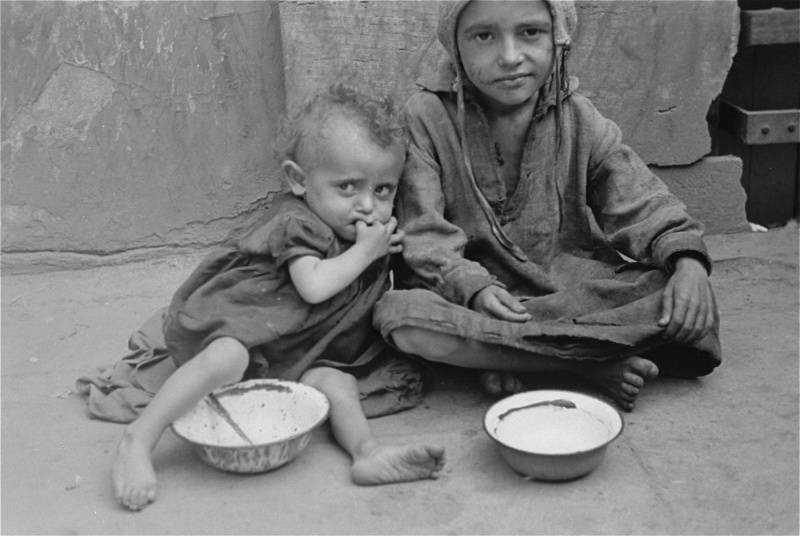
Later, relying on information received from intelligence agents and spies about the active participation of Jews in anti-fascist activities and guerrilla warfare, as well as being guided by the "just" Nazi conviction, the principle of the distribution of all material goods, the German command in March 1940 of the year created a separate " quarantine zone. The entire non-Jewish population (more than one hundred thousand people) was evicted from the designated lands, and Jewish families from all of Warsaw and western Poland, whose number was five times the number of former residents, were settled in their homes by force. The creation of a “quarantine zone” by the Nazis was based on absurd statements that the free movement of Jews promotes the spread of infectious diseases.
In parallel with the anti-Jewish events, Reich ministers conducted mass propaganda work, stirring up the hate feelings and anger of the indigenous population towards people of Jewish nationality. The result of ideological pressure were widespread denunciations, unauthorized reprisals against Jews, unpunished robberies of their houses and property, which had an unprecedented scale, which further aggravated the already terrible and intolerable position of the representatives of this nation.
In October 1940, the German leadership issued an order establishing the Warsaw Ghetto. Historical The area of Jewish residence before the war in the center of Warsaw was surrounded by a wall of brick and barbed wire. An unauthorized exit from the designated territory was initially punishable by a nine-month imprisonment, but later the ghetto fugitives were simply shot on the spot without trial.
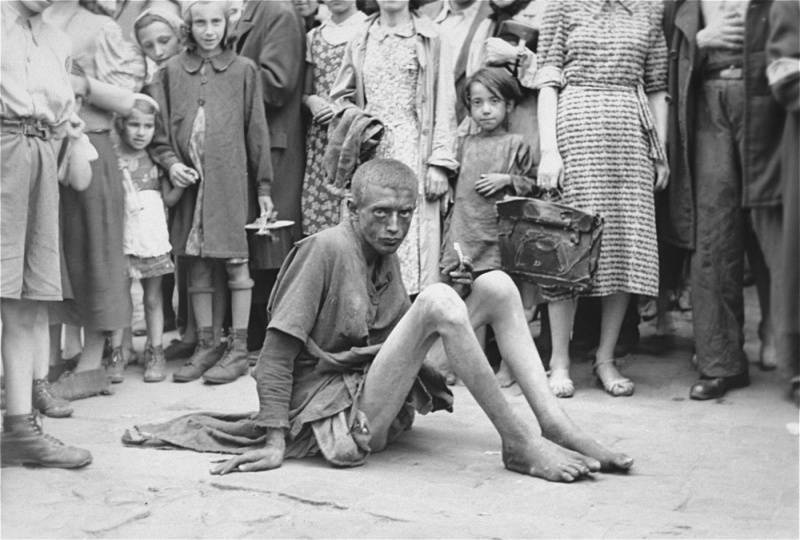
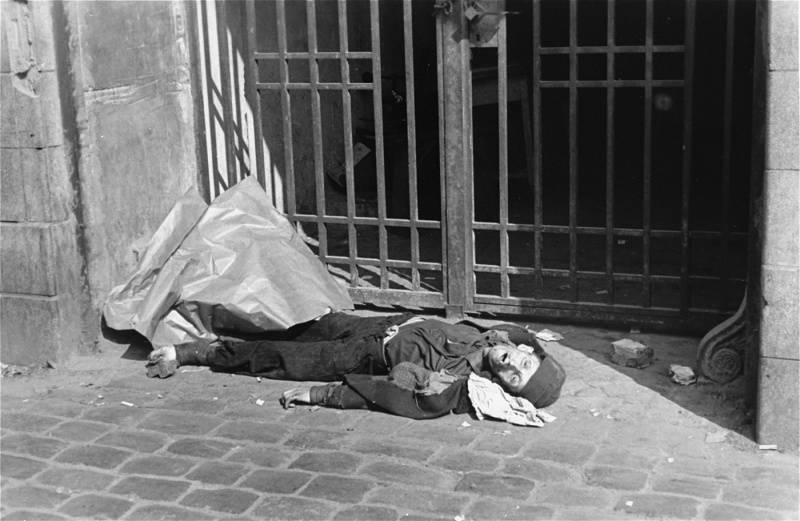
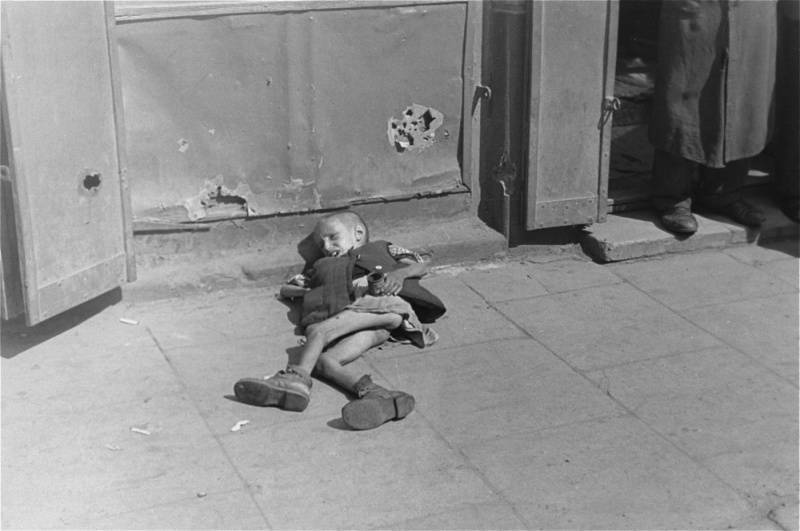
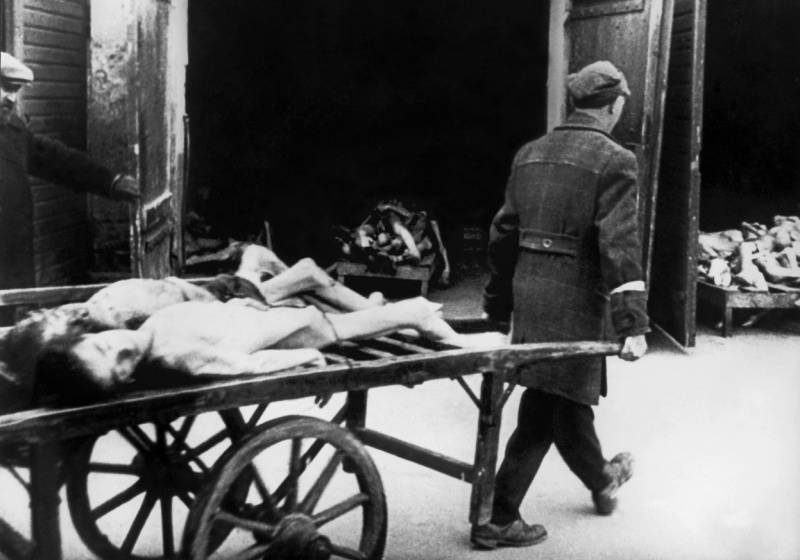
Initially, the population of the ghetto, which occupies about 2,5 percent of the territory of Warsaw, was about five hundred thousand people (or thirty percent of the total number of residents). However, the measures taken by the Nazis began to very quickly reduce the population. The large number of tenants in homes where there were sometimes more than thirteen people in each room, the meager food standards, which are about 180 calories per day (one fourteenth share of the normal needs of an adult), made the ghetto prisoners extremely difficult living conditions. The inevitable consequence of this situation were mass diseases (tuberculosis, typhoid, dysentery) and famine, which claimed at least one hundred and fifty lives every day. In the first year and a half, about fifteen percent of its inhabitants died in the ghetto.
But even in such terrible conditions, the inhabitants, in fact a huge concentration camp, tried not to lose their human appearance. Not only schools and theaters continued to work on the fenced territory, but also the internal newspaper Gazetovskaya was published. The entrepreneurial spirit and ingenuity of the Jewish nation, recognized at all times, have borne fruit. In the ghetto area, over time, small illegal factories began to work, producing clothing, haberdashery goods, fabrics, dishes and hardware. To provide the factories with raw materials, a complex system of smuggling of raw materials and even food from a “free” territory was created, as well as the export of finished products from a surrounded area of the city.
Periodically, ghetto raids were organized on the streets to capture and send able-bodied men to forced labor camps. Most of them were destroyed in the 1941 year. And after the adoption of the plan for the "final solution of the Jewish question" at the conference, which was held on January 20 on 1942 near Berlin, the Nazi leadership quite openly launched a machine for the mass destruction of representatives of this nation.
In the spring of the same year, construction began on gas camps in Treblinka, Auschwitz, Sobibor, Majdanek, and Belzec, which, after Himmler’s visit to Poland in July of 1942, began to massively export Jews under the pretext of resettlement. Treblinka concentration camp from Warsaw was transported daily to four thousand trains of up to six thousand people, and those who resisted were shot on the spot. All this applies to children of any age. According to the total in the Warsaw ghetto, about ninety thousand Jewish children were killed.
As a result, until mid-September 1942, when the “evacuation” was temporarily suspended, more than three hundred thousand Jews were taken out of the territory of Warsaw to certain death within the framework of “Operation Reinhard”. At the same time, ten thousand people were killed or died of cold and disease during the "action", and thirty-five thousand prisoners were given permission to remain. Another twenty thousand Jews managed to escape from the ghetto territory in one way or another. As a result, about sixty thousand people remained on its territory by the end of the year, who did not want to meekly go to the slaughter and began active anti-fascist activities.
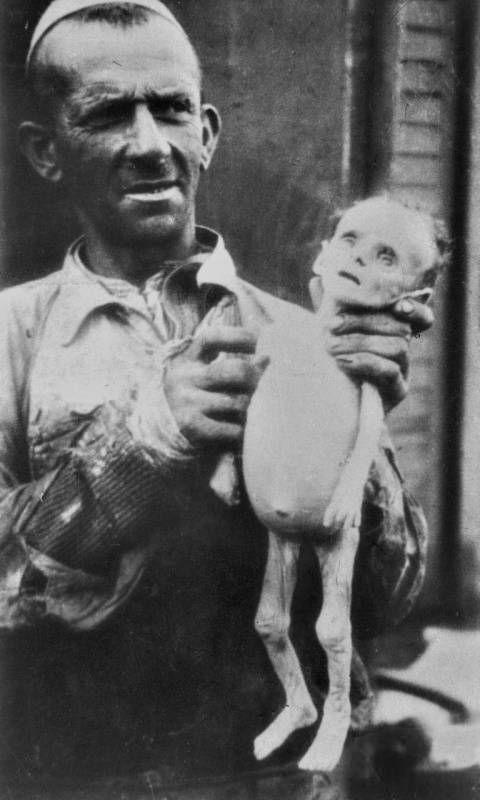
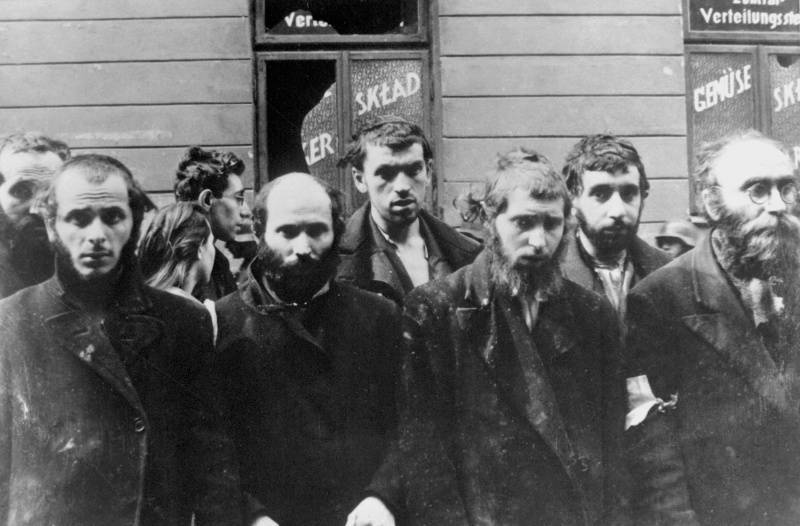
Despite isolated cases of weakness and cowardice of the fascists, forcing people to write denunciations of their compatriots, in order to save their own lives or the lives of relatives and relatives, most of the prisoners held on courageously. When the hopes of the survivors that the repression began to subside and the massacre was finally over, dispelled, the Anti-Fascist bloc, which had been operating in the ghetto since 1941, but did not have the proper support of the main part of the population before, decided to organize repulse hated invaders.
By the end of July, the 1942 of the Warsaw ghetto underground was represented by two organizations: the Zidovsk organization of warfare (the Jewish militant organization) or Z.O.V. for short, which carried out mainly public-political and agitation work under the leadership of an active member of the Resistance Movement Mordechai Anilevich and “Zidovski zvionzek troops" ("Jewish military organization") or ZZW, all of whose members had good military training. At the head of the ZZW military headquarters were: David Appelbaum and Pavel Frenkel, political leadership was carried out by Lyon Rodal, Michael Strikovsky and David Vdovinsky (the only survivor of all the leaders).
The representatives of Z.O.V. focused on the USSR and were looking for contacts with the Polish Communists. However, the communist underground in Warsaw was weak and small to give them at least some real support. Deliveries weapons in the ghetto, they were established mainly by ZZW supporters, who received it from various groups of the Craiova Army, from the independent Polish people's organization for independence, and also bought it from private individuals. Also, the ghetto prisoners managed to organize underground workshops in which they began to manufacture hand bombs and grenades.
In fairness it should be noted that anti-Semitic sentiments were spread among the members of the Craiova Army, and with the Jewish underground associated with the Communists, they refused to cooperate. In addition, the Polish underground was very heterogeneous. In addition to the Craiova Army, there also existed a group called “People's Forces Zbrane”, whose supporters killed both Germans and Jews. The organization had nothing to do with the Craiova Army, but at times it was very difficult to distinguish between members of the two factions.
When the 18 of January 1943 of the year, the Nazis embarked on the second stage of exterminating the Jews of the Warsaw ghetto, the locals were ready to meet the torturers in a worthy manner. In the fenced area, underground supporters distributed patriotic leaflets calling for resistance. The fascists who had entered the ghetto with great surprise received armed resistance in a number of places, and after three days of incessant attacks, they were completely forced to retreat. However, during this time about a thousand and a half prisoners died, and the Germans also managed to grab and send about six thousand more to the camps. But the morale of the defenders was not broken, members of underground organizations began preparations for the subsequent German invasion of their territory, and construction of underground shelters and tunnels began everywhere.
Despite the fact that the idea of combining ZZW and Z.O.V. nothing happened, an agreement was reached on cooperation and coordination. In spite of certain political and ideological differences, the leaders of the military detachments understood that only together they were a real force capable of giving at least some resistance to the Nazis. The whole ghetto territory was divided into two military districts, each of which was responsible for its own organization. In addition, ZZW transmitted Z.O.V. part of the available weapons.
The number of Z.O.V. by the beginning of the uprising, according to various sources, ranged from three hundred to five hundred people, the number of supporters of ZZW ranged from one thousand to one and a half thousand. The necessary firing points and combat positions were created and prepared, the people responsible for each defense sector were distributed. By that time, the insurgents already had a lot of pistols and rifles, a couple dozen machine guns, several machine guns and mines, many resistance fighters were armed with grenades or bottles of combustible mixture. In numerous bunkers, storage facilities with water and food were installed, and ways of possible waste through sewers, attics and cellars were identified. With such preparation, the ghetto prisoners could already give a fitting rebuff to the fascists.
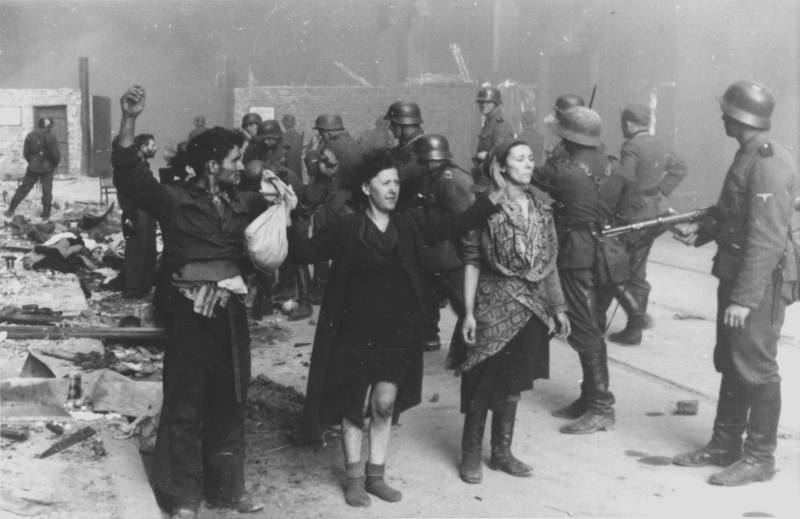
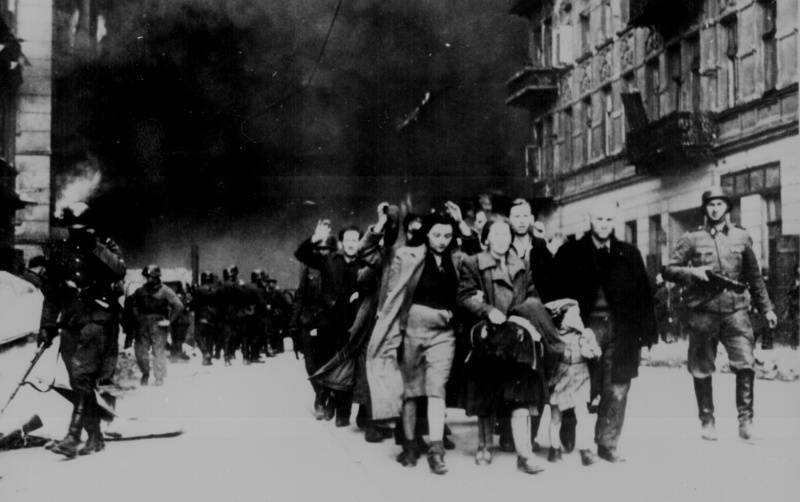
They did not have to wait long for the case. Since the local armed resistance of the Jews led to the general intensification of the anti-fascist activities of all Polish underground groups and organizations, the German command decided on April 18 to immediately and completely destroy the ghetto. In the early morning of April 19, 1943, three thousand well-armed professional German soldiers supported by tanks under the leadership of SS Lieutenant-General Jürgen Strop, who distinguished himself in punitive operations against Soviet partisans, began the operation to liquidate the Warsaw Ghetto. The date was not chosen by chance. At this time, the central Jewish holiday of Passover was held, and to turn Jewish celebrations into mourning dates was the traditional entertainment of the Nazis. The first blow fell on the positions of Z. O.V., located on Zamenhof and Nalevka streets. The Nazis were met with fierce fire of resistance fighters. Thanks to thoughtful preparation and the mines laid in the territory of the ghettos, Jewish units managed to force the Germans to retreat, inflicting significant losses on them, which finally infuriated the German command, which decided to simply wipe this place off the face of the earth. Fighters Z.O.V. fought until 16 pm, destroyed several dozen fascists, set fire to one tank, and then retreated. After breaking through the defense, the Nazis reached Muranovskaya Square, which was the center of the ZZW district. The Germans were unable to take the position on the move, and a long positional battle ensued, lasting until April 22. In the battles for the square, the Germans lost more than a hundred soldiers and another tank.
Faced with a desperate rebuff on the first day, the German command resorted to using aviation and artillery, as well as special groups of flamethrowers, literally burning the houses of Jews along with their residents. Of course, the forces were too unequal, the majority of civilians, weakened by hunger, the defenders could not stop the regular troops, capturing the street behind the street under the guise of tanks and machine guns. However, the desperate prisoners fought with the reckless courage of people who had nothing to lose, who were well aware of the inevitability of death and wishing to take as many enemies as possible to the next world.
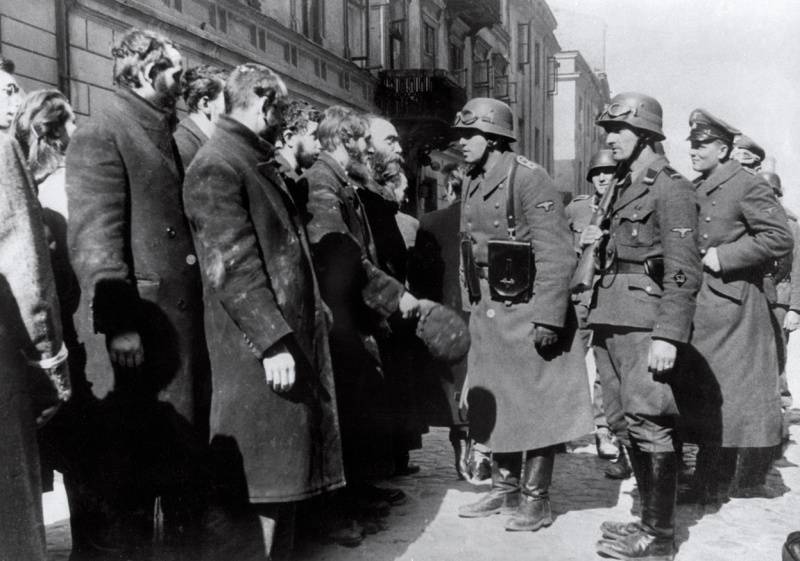
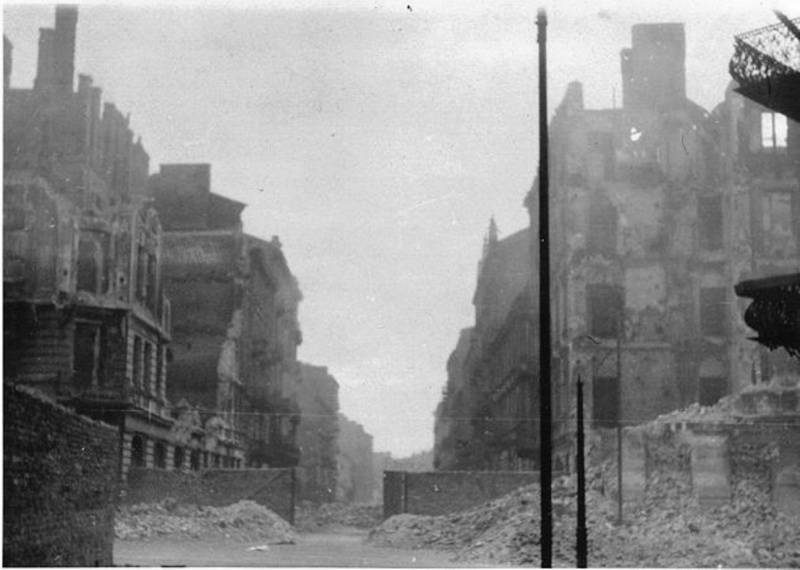
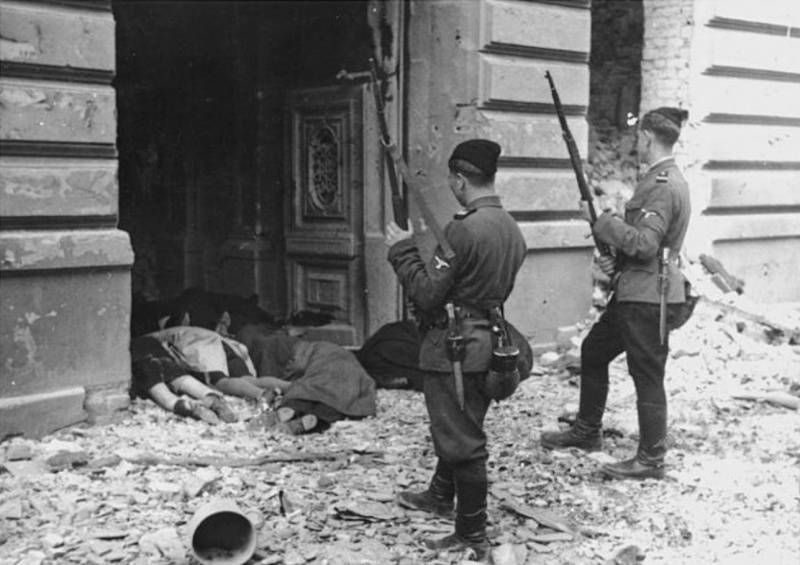
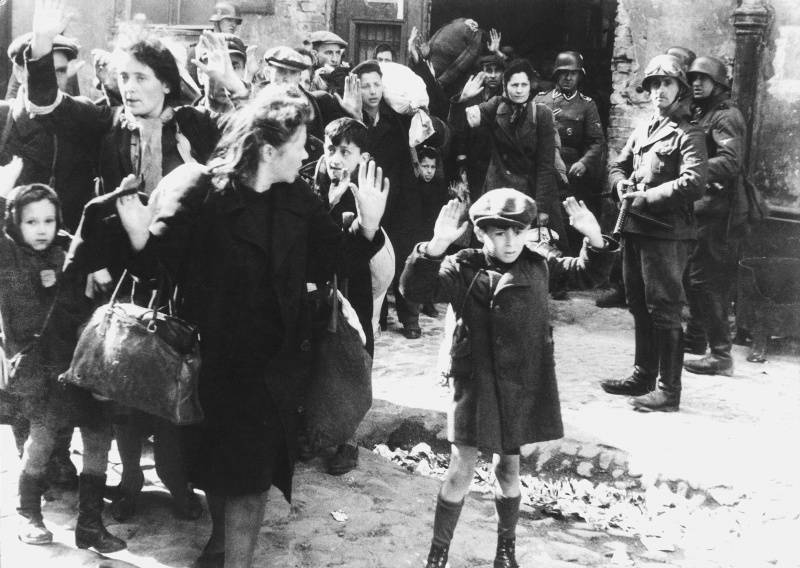
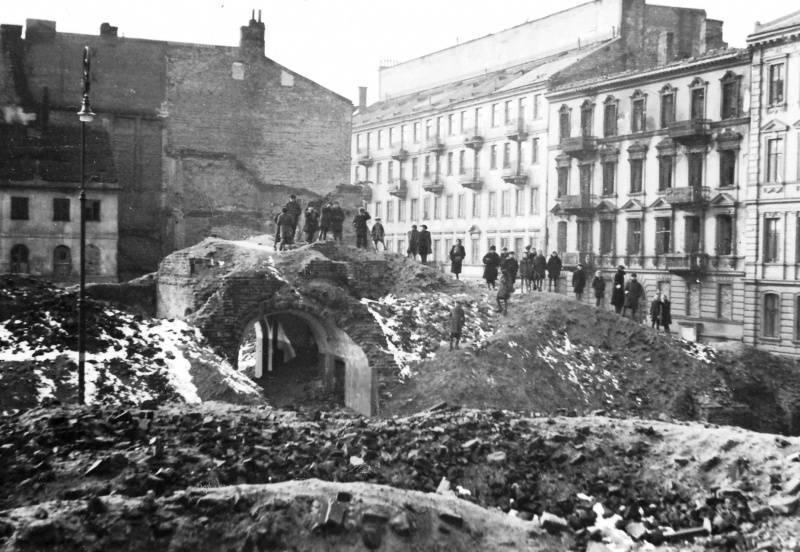
Meanwhile, the situation inside the ghetto was becoming increasingly hopeless. The ghetto was ablaze, shots thundered everywhere, shells exploded. 27 April, when it seemed that the uprising had already been crushed, the forces of the Craiova Army entered the struggle. Major Henryk Ivansky along with his men penetrated the territory of the Warsaw ghetto through a secret underground tunnel and attacked the Germans. At the same time, the surviving ZZW fighters attacked the fascists on Muranovskaya Square. When both groups joined, the defenders were asked to leave the ghetto, which actually was the goal of the whole operation of the Craiova Army. However, many fighters refused to abandon their comrades who continued to fight elsewhere throughout the ghetto.
Only three dozen defenders came out, carrying the wounded and covering up numerous civilian Jews. Few of them were lucky enough to escape from the city, the main part of the Jews was subsequently caught by the Nazis or surrendered by hostile Poles and shot.
The main part of the Poles remained to cover the waste. German troops constantly attacked their positions. Within a few hours, they lost a couple of hundred people and another tank, however, the resistance was not easy - David Applebaum was seriously wounded (28 of April, he died), Henryk Ivansky was contused, his son and brother, who also participated in the battle, died. On April 29, the defenders left the ghetto in flames following the same tunnel and later joined the partisan detachments hiding in the Mikhailinsky forests.
Although the bulk of the resistance was destroyed, individual outbreaks, open armed clashes and subversive activities continued until May 13. Despite the death of a huge number of people, the resistance forces continued to everywhere repel the invaders. 8 May SS men managed to seize the headquarters of the "Jewish military organization", but even this did not break the spirit of the rebels, the survivors continued to fight. People who found themselves in burning houses preferred to be thrown out of the windows than to surrender to the fascists. Many residents tried to hide in sewer channels, but Shtrop ordered to close the hatches and flood the underground waste routes. When the residents who were sharpened in the sewers managed to break down the partitions, the general ordered the poison gas to be sent through the channels. Later, a desperate picture of hundreds of corpses of ghetto prisoners buried there, opened to the SS men who went down to the sewer.
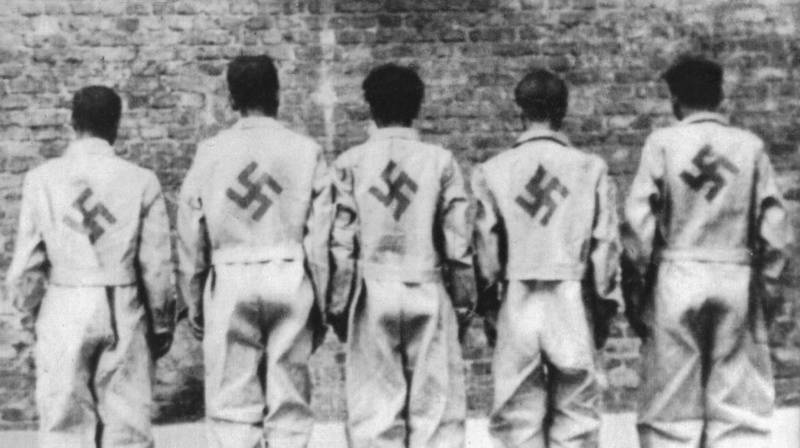
In mid-May, the Germans publicly announced the end of the "action". This was confirmed by the report of Strop, which is one of the most important evidence of the extermination of the Jews during the Second World War. He describes the German version of the suppression of the uprising. The document was conceived as a gift album for Himmler and was accompanied by fifty-two black-and-white photographs from the scene. According to the German archives during the uprising period (from 19 April to 16 May), thirteen thousand people were killed in the Polish ghetto, of whom about six thousand were killed in the fire of the houses set on fire and during the shelling together with the bombing of the area. However, despite the fact that all the leaders of the uprising died in the very first days of the confrontation, battles with scattered small Jewish groups continued until the end of the summer. Fifty thousand ghetto survivors were captured and taken to Treblinka and Majdanek.
April 19 is a memorial day for the victims of the Warsaw Uprising and the ghetto prisoners. This date is remembered and honored throughout the world. Despite the defeat, the uprising serves as a source of inspiration for all Jews and went down in history as the city’s first protest by the urban population against the Nazis. Soon after this event, enthusiastic, believing in themselves, oppressed residents of other countries will launch an active struggle against fascism.
1 August 1944, when the Polish Craiova Army, led by General Tadeusz Komorowski, rebelled against the Nazis, it was joined by survivors from the organizations ZZW and Z.O.V. They continued their military path, valiantly fighting alongside Polish patriots. Many of them died in the battles for the liberation of their country. By January 17, 1945, when the Red Army cleared Warsaw of fascist contagion, only about two hundred Jews remained alive, who managed to hide in the hidden shelters and ruins of the former ghetto.
Information sources:
-http: //ru.wikipedia.org/wiki/
-http: //jhistory.nfurman.com/teacher/07_192.htm
-http: //a-pesni.org/ww2-polsk/a-pravda.htm
-http: //www.megabook.ru/Article.asp? AID = 619347
Information